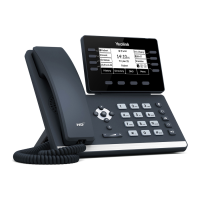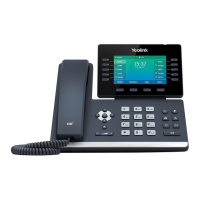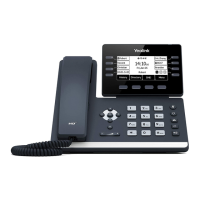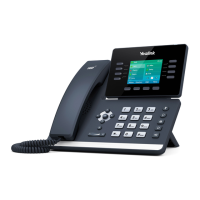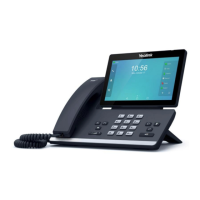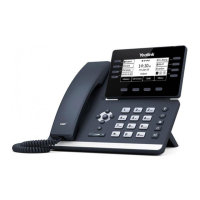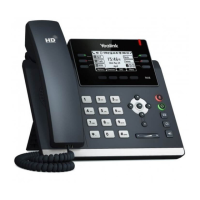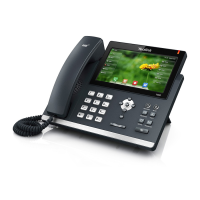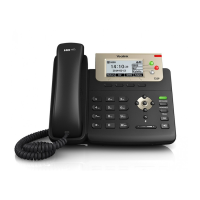Administrator’s Guide for SIP-T2 Series/T19(P) E2/T4 Series/T5 Series/CP860/CP920 IP Phones
148
4. Create new common configuration files by performing the following steps:
a) Create <y0000000000xx>.cfg files by using the Common CFG file from the
distribution as templates.
b) Edit the parameters in the file as desired.
5. Copy boot files and configuration files to the home directory of the provisioning server.
6. Reboot IP phones to trigger the auto provisioning process.
IP phones discover the provisioning server address, and then download the boot files and
configuration files from the provisioning server.
For protecting against unauthorized access, you can encrypt configuration files. For more
information on encrypting configuration files, refer to Encrypting and Decrypting Files on page
951.
Note
During the auto provisioning process, the IP phone supports the following methods to discover
the provisioning server address:
Zero Touch: Zero Touch feature guides you to configure network settings and the
provisioning server address via phone user interface after startup.
PnP: PnP feature allows IP phones to discover the provisioning server address by
broadcasting the PnP SUBSCRIBE message during startup.
DHCP: DHCP option can be used to provide the address or URL of the provisioning server
to IP phones. When the IP phone requests an IP address using the DHCP protocol, the
resulting response may contain option 66 or the custom option (if configured) that
contains the provisioning server address.
Static: You can manually configure the server address via phone user interface or web
user interface.
For more information on the above methods, refer to
Yealink SIP IP Phones Auto Provisioning
Guide_V81
.
Upgrading Firmware
This section provides information on upgrading the IP phone firmware. Two methods of
firmware upgrade:
Manually, from the local system for a single phone.
Automatically, from the provisioning server for a mass of phones.
During auto provisioning, the IP phone tries to download the MAC-Oriented boot file first. If no
matched MAC-Oriented boot file is found on the server, the IP phone tries to download the
common boot file. If the MAC-Oriented boot file and common boot file exist simultaneously on
the provisioning server, the common boot file will be ignored after the IP phone successfully
downloads the matched MAC-Oriented boot file.
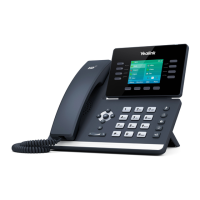
